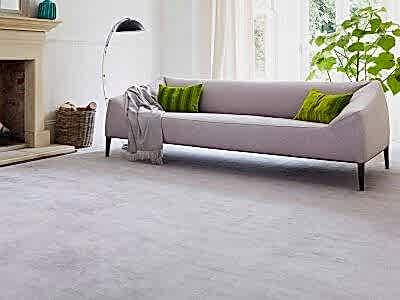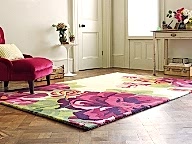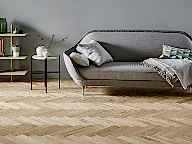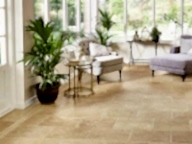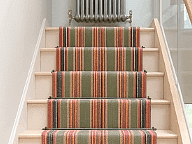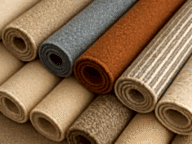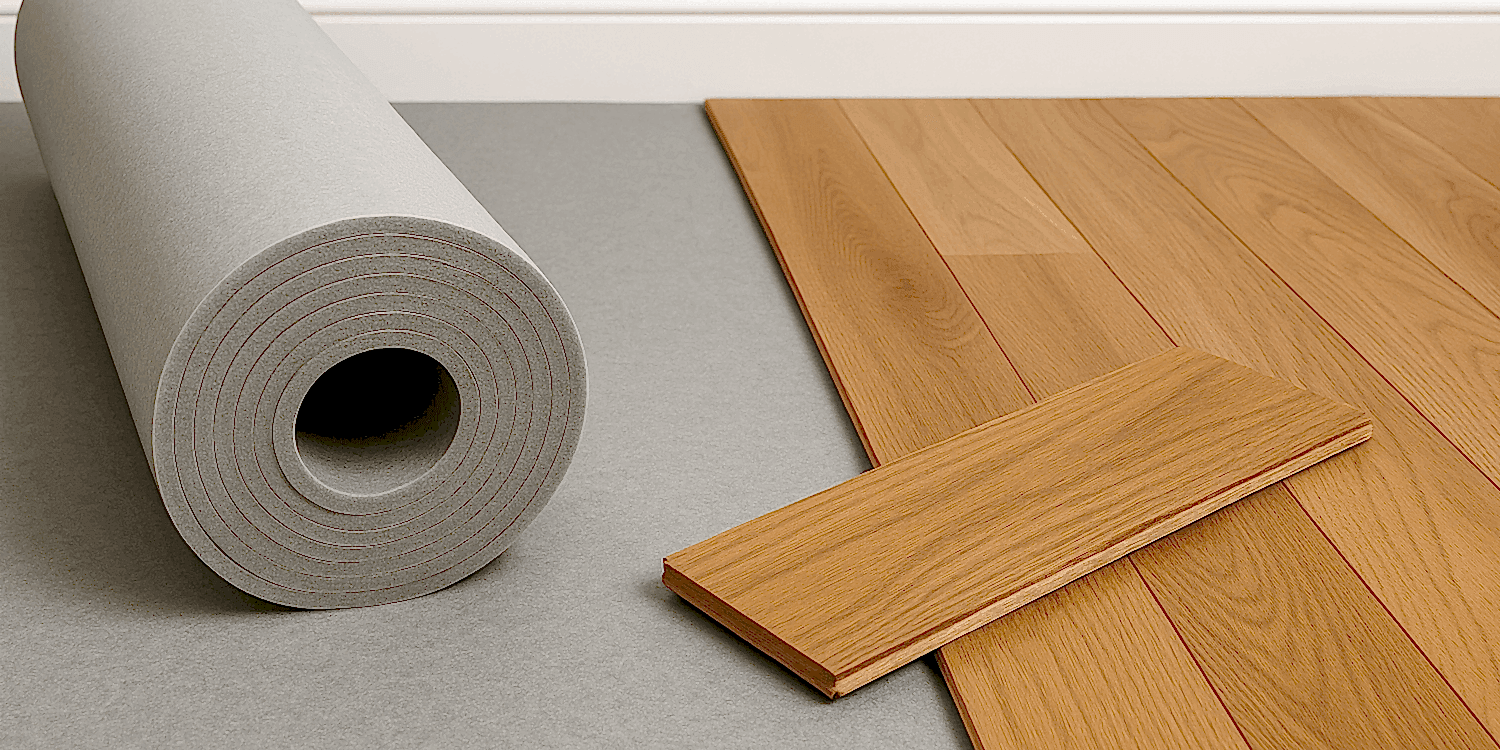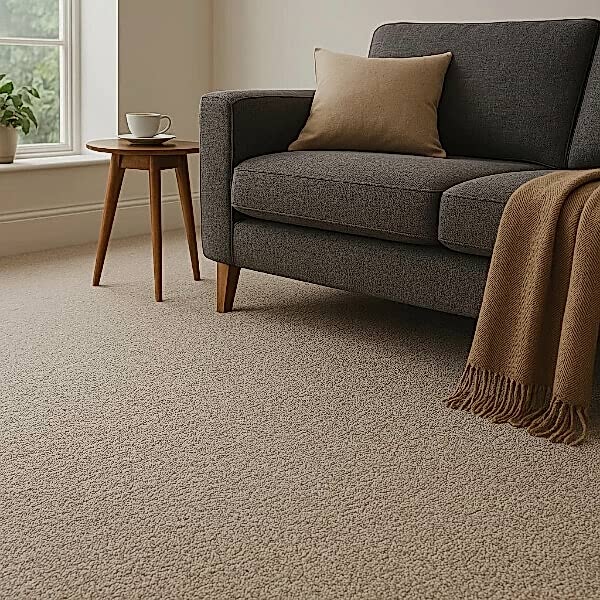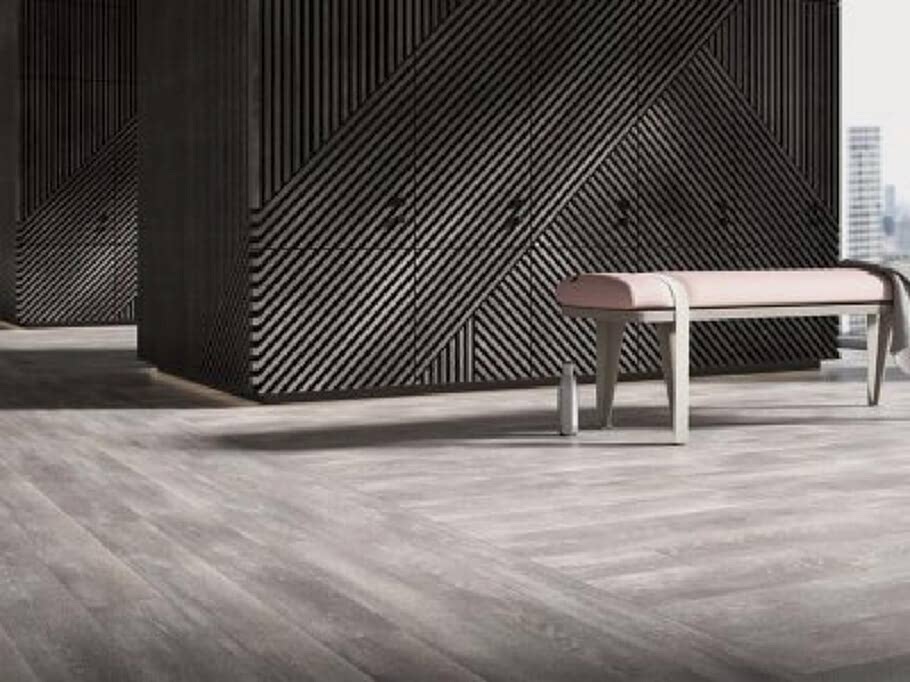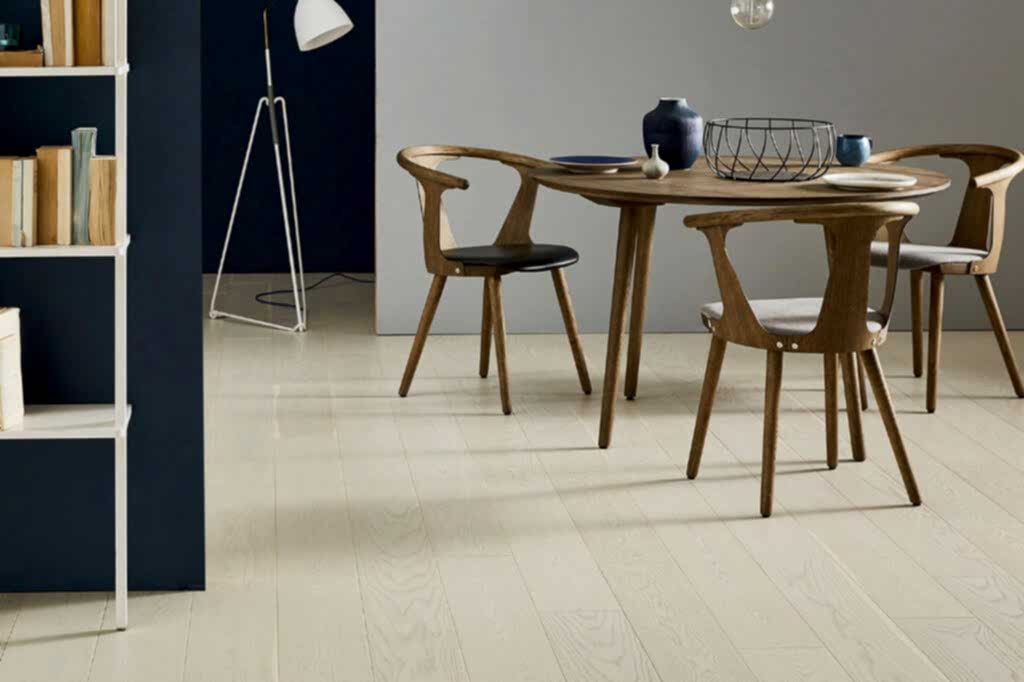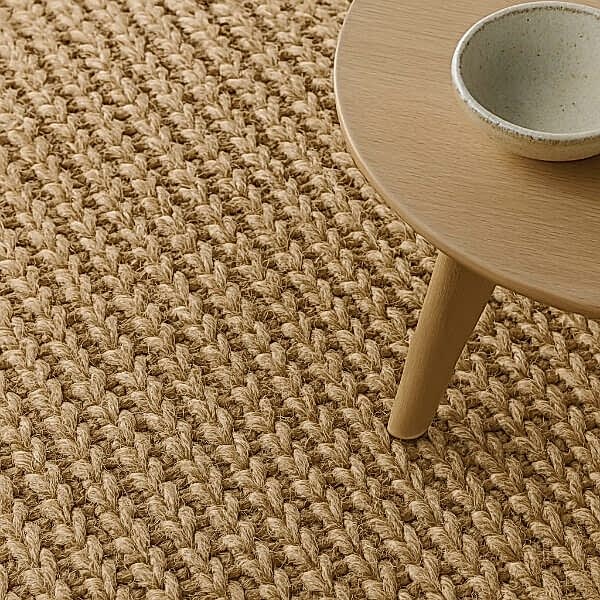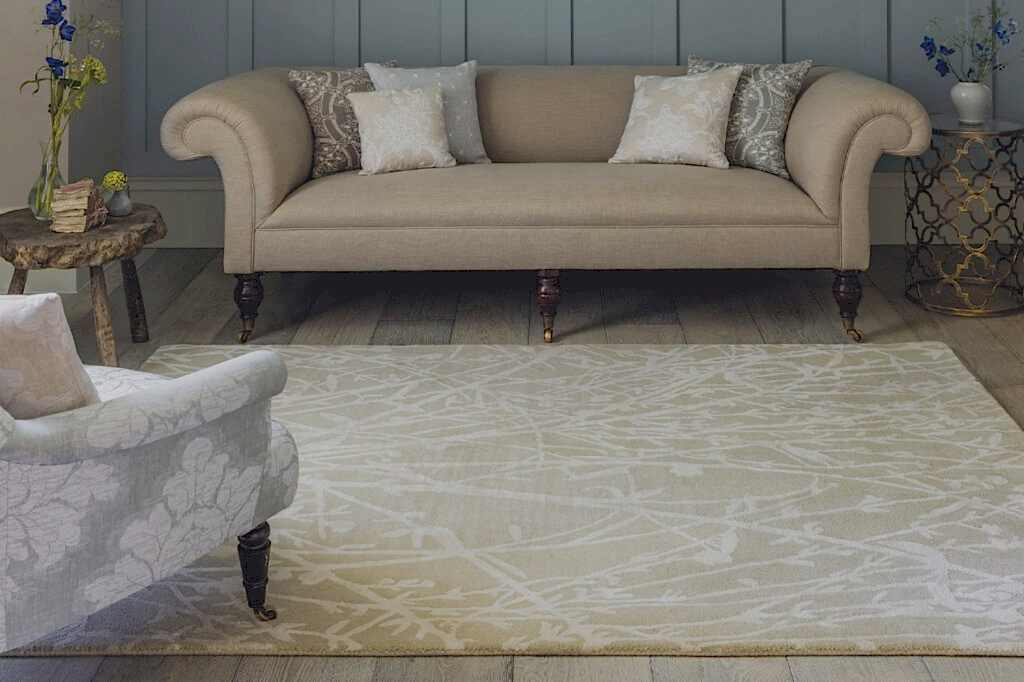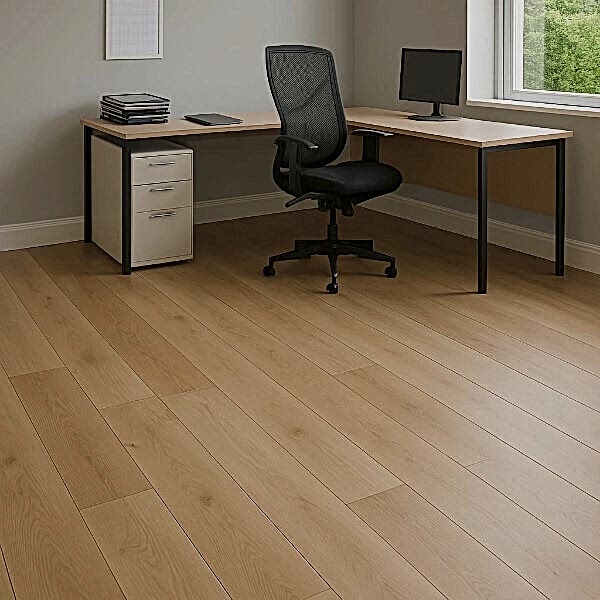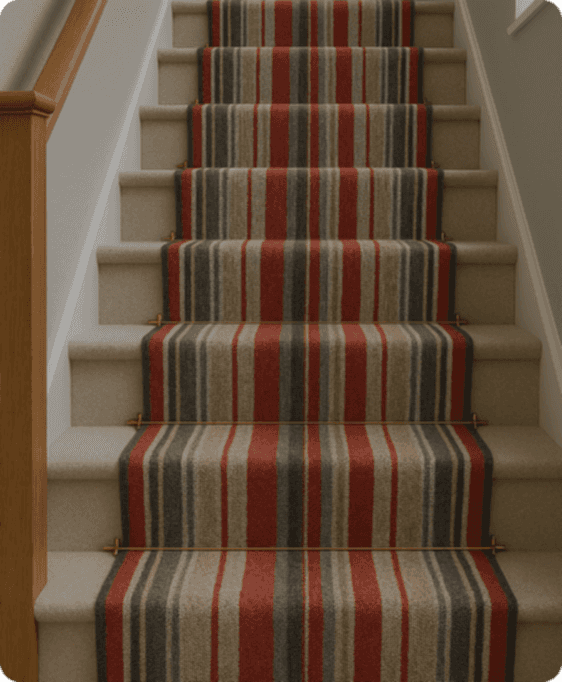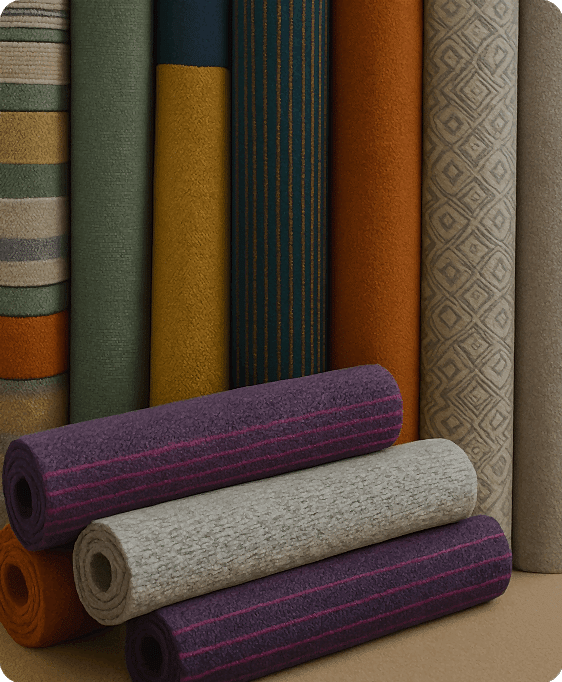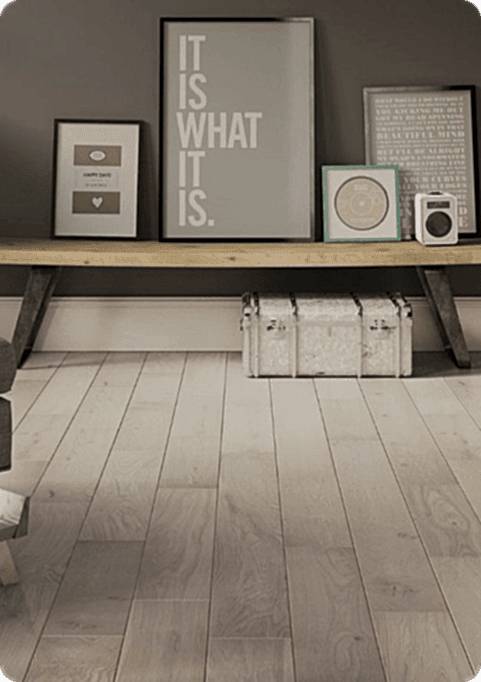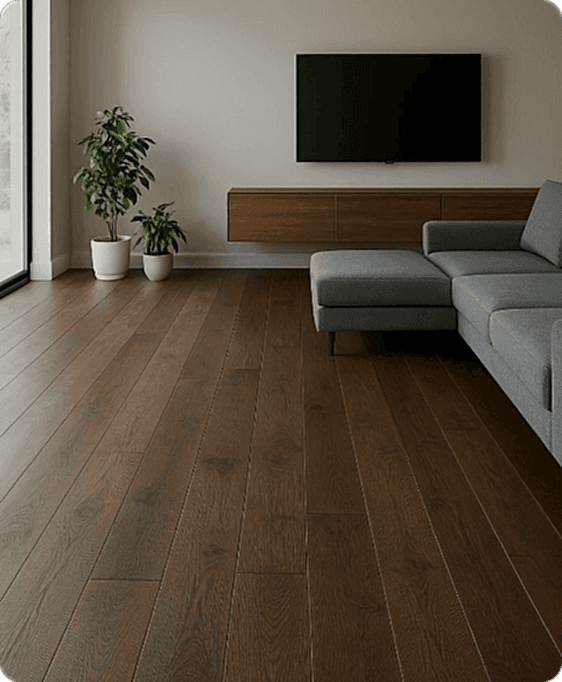Table Of Contents
When it comes to flooring, most of us focus on the surface, whether it’s the luxurious feel of carpet, the elegance of wood, or the sleek practicality of smooth flooring. But there’s an unsung hero beneath our feet that can completely transform the comfort, performance and longevity of any floor: the underlay.
Underlay is more than just a base layer. It provides insulation, absorbs sound, cushions impact, and even protects your flooring investment. In this guide, we’ll explore how the right underlay can make a tangible difference in every room of your home, drawing on key insights from carpet, smooth, and wood flooring.
1. What Is Underlay, and Why Does It Matter?
Underlay is a layer of material, commonly foam, felt, or rubber that sits between your subfloor and your chosen flooring. While it’s rarely seen, it plays a crucial role in how your floors look, feel, and perform.
Comfort: Underlay cushions footsteps, making your floors softer and easier on joints.
Insulation: A good underlay helps retain warmth, reducing heating bills.
Soundproofing: It absorbs impact noise, perfect for upstairs rooms or apartments.
Longevity: By reducing wear and tear, underlay extends the life of your flooring.
Without the right underlay, even premium carpets or wood floors can feel flat, wear faster, and fail to deliver on comfort.
2. The Role of Underlay in Carpeted Rooms
Carpet has long been associated with warmth and comfort, but its performance depends heavily on what’s beneath.
Choosing the Right Underlay for Carpets
Different types of carpet call for different underlays:
- Plush or velvet pile carpets look luxurious but can flatten quickly without dense, supportive underlay.
- Loop pile or Berber carpets benefit from firm underlays that resist wear in high-traffic areas.
Practical Benefits
- Softness underfoot: A cushioned underlay makes even budget carpets feel premium.
- Protection against dirt: By absorbing some of the foot pressure, underlay reduces how much dirt grinds into carpet fibers.
- Easy maintenance: Stains and spills respond better when carpets sit on supportive underlay, as fibers don’t crush as easily.
For families with pets or children, combining a durable carpet with a high-quality underlay is a smart investment.
3. Underlay for Smooth Flooring: Style Meets Durability
Smooth flooring options vinyl, laminate, or luxury vinyl tiles are practical and stylish. But underlay is what makes them quiet, stable, and comfortable.
Why Underlay Matters for Smooth Floors
- Noise reduction: Hard floors can amplify footsteps and furniture movement; underlay dampens the sound.
- Even surface: Minor subfloor imperfections can show through smooth flooring, but underlay creates a level base.
- Moisture protection: Specialized underlays include damp-proof membranes—ideal for kitchens, bathrooms, or basements.
Room Examples:
- Hallways: A durable underlay ensures smooth flooring stands up to daily foot traffic.
- Dining rooms: Underlay reduces the clatter of chairs and cutlery on hard surfaces.
- Kitchens: Moisture-resistant underlay protects from spills and splashes.
4. Underlay and Wood Floors: A Perfect Partnership
Wood flooring, whether solid or engineered, offers timeless beauty. But it also demands the right foundation.
Benefits of Underlay Beneath Wood
- Thermal and acoustic insulation: Helps keep rooms warmer and quieter.
- Expansion allowance: Wood naturally expands and contracts; underlay provides stability while allowing movement.
- Protection from moisture: In areas prone to humidity, underlay with vapor barriers is essential.
Engineered vs. Solid Wood
- Engineered wood often pairs well with foam underlay, especially when used with underfloor heating systems.
- Solid wood floors require underlays designed to manage movement and resist moisture.
By choosing the right combination, you enhance the resilience and lifespan of your wooden floors.
5. Balancing Budget and Benefits
Many homeowners wonder: is premium underlay worth it?
The short answer is yes, because underlay not only extends the life of your flooring but also amplifies comfort and practicality. Here’s how to weigh options:
- On a tight budget? Even affordable flooring feels better with mid-range underlay.
- Investing in long-term quality? Premium underlay protects expensive wood or carpet and maximizes performance.
- High-traffic or rental property? Durable, dense underlays reduce wear, making replacements less frequent.
Think of underlay as insurance for your flooring: it adds years of life and elevates the everyday experience of walking around your home.
6. Maintenance and Longevity: Looking After What’s Beneath
While underlay itself requires little upkeep, its presence makes cleaning and maintaining flooring easier:
- Carpets retain their bounce longer, making vacuuming more effective.
- Smooth floors benefit from stable support, reducing cracks or lifted edges.
- Wood floors paired with vapor-resistant underlays avoid swelling, cupping, or moisture damage.
Regularly check flooring edges or corners, if they start to lift, your underlay may need assessment or replacement.
Final Thoughts: The Hidden Hero of Great Flooring
When planning a flooring project, it’s tempting to focus entirely on color, style, or finish. But beneath it all, underlay is quietly doing the hard work:
- Making your floors warmer and softer.
- Protecting them from wear and damage.
- Reducing noise and enhancing comfort.
- Extending the lifespan of your investment.
Whether you’re laying plush carpet in the bedroom, sleek smooth flooring in the kitchen, or timeless wood in the living room, the right underlay will transform your living space from the ground up.


